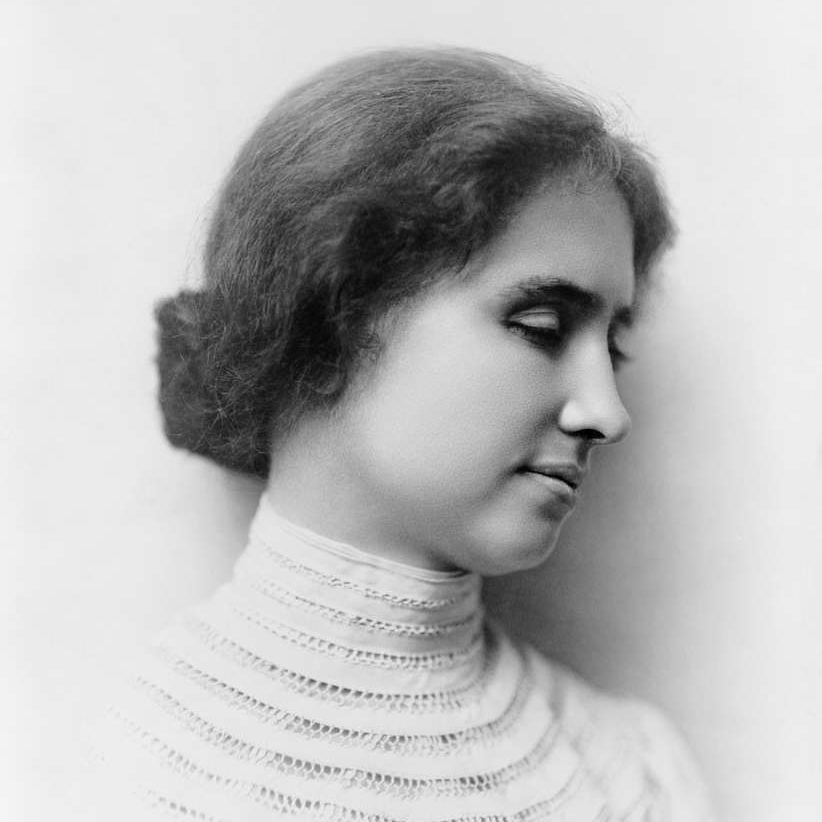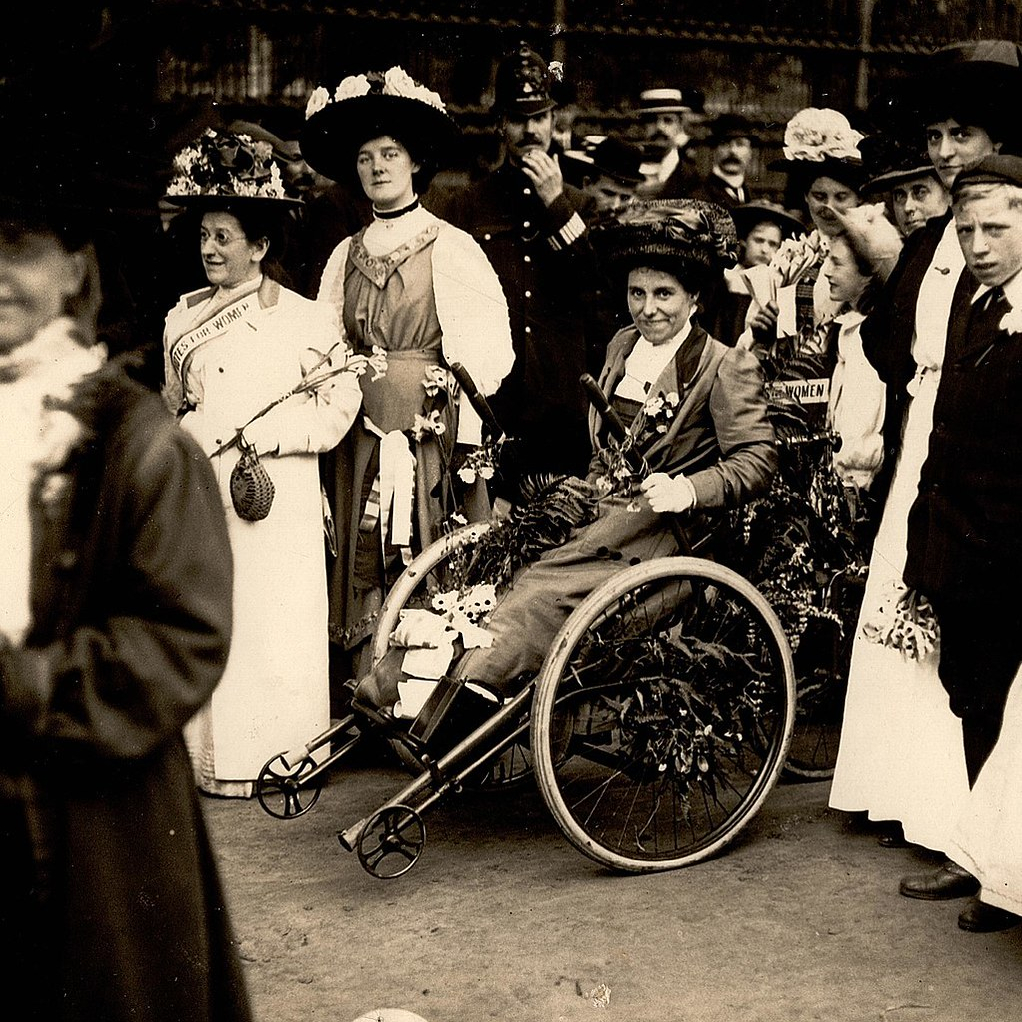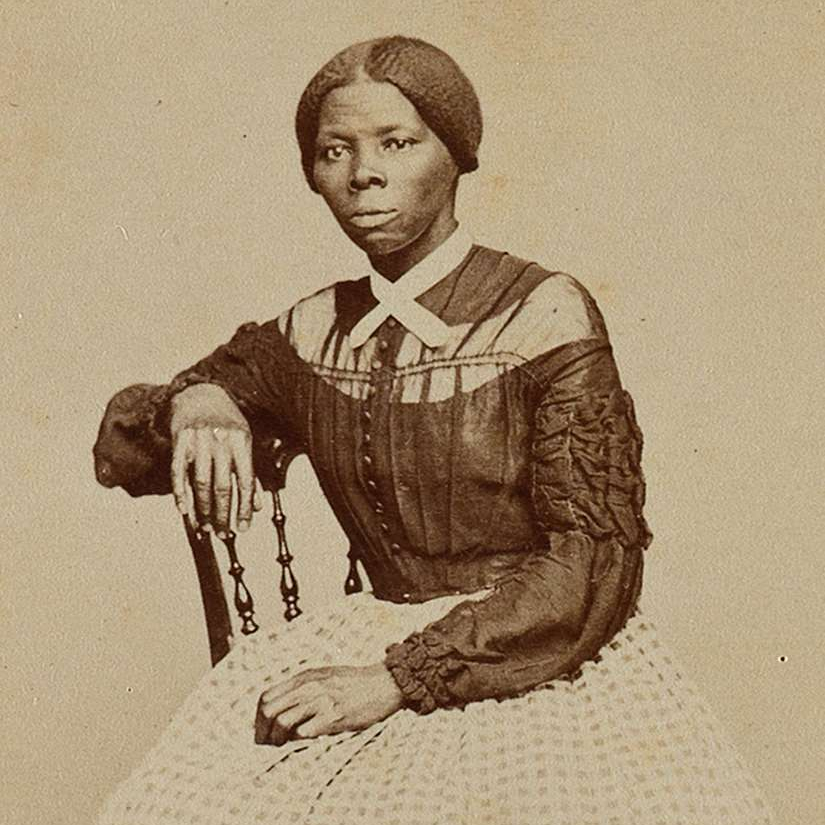We look at four bold activists who fought hard for disabled people’s rights, both on the streets and in front of lawmakers. All of them had a disability, and none of them let it stop them achieving their goal.
Welcome to the first in our series about famous people in history who passionately advocated for disabled people and their rights.
Over several articles, we’ll uncover the lives and achievements of people from all over the world. Some had a disability, others did not. Every one of them fought to make things better for disabled people.
These are the very values that underpin the Motability Scheme, which helps disabled people access the freedom and independence that these advocates so bravely fought for.
We feel these people are so important, we even named our office meeting rooms after them.
- Helen Keller: the miracle worker
- Judith Heumann: the famously savvy activist
- Rosa May Billinghurst: the provocative protestor
- Harriet Tubman: the underground liberator
Helen Keller: the miracle worker
Image credit: Library of Congress
You might have heard of Helen Keller. She’s famous across the world for her political achievements and her blindness.
When Keller was 19-months old, she became sick with what we now call Scarlet Fever or Meningitis.
A few days later, Helen’s fever broke. But her Mum quickly noticed she was not responding to the dinner bell or even to a hand in front of her face. Helen had lost both her sight and hearing.
Despite her disabilities, Keller became a writer, activist, suffragette and Socialist. She co-founded the American Civil Liberties Union. And was an early supporter of the National Association for the Advancement of Colored People (NAACP) and birth control.
She campaigned across the world, for everyone. From the miracle child who triumphed over adversity to her adult activism, she never let her disability hold her back.
Want to learn more about Keller? Check out the 1962 film The Miracle Worker, and the play with the same name.
Judith Heumann: the famously savvy activist
Image credit: Senado Federal do Brasil
“Judy” Heumann contracted polio in 1949, at just eighteen months old. Then her life became a pattern of being told “no.”
When she turned five years old, she was told she could not go to school because her wheelchair was a “fire hazard.”
As an adult, New York’s education board refused to give her a teaching license. So she sued them and became the state’s first wheelchair-using teacher.
After this, she became a lifelong, and famously savvy activist. She led the longest sit-in at a federal building in history. And Obama appointed her as the first Special Advisor on disability.
She helped stop disabled people being pushed aside, into a separate, special place. Her brother said for Judy it was “always about how she could make things better for others.”
Inspired by these changemakers? Discover how the Scheme helps people lead more independent lives every day.
Rosa May Billinghurst: the provocative protester
Image credit: LSE Library @ Flickr Commons
Born and raised in Lewisham, in London, Billinghurst went by her middle name, May. She caught polio as a child and used a tricycle wheelchair for most of her life.
As a young woman, May took up social work and helped people who could not help themselves.
In 1907, she became part of the suffrage movement and later started the Greenwich chapter.
May was fearless. Famously, she used her tricycle to charge and ram officers. She was arrested but continued her activism in prison and even recruited inmates to join her in the fight.
Through her bold methods, she helped women secure the right to vote in England. You can learn more about her and other suffragettes in the BBC’s bitesize video Forgotten Suffragettes.
Harriet Tubman: the underground liberator
Image credit: Library of Congress
Like many in her time, Tubman was born into slavery. When she was 12 years old, she refused to help punish another enslaved person.
When an overseer hurled a lead weight at her in anger, she suffered a severe head injury. And started to have what historians believe were epileptic seizures throughout her life.
In 1849, she heard rumours she was going to be sold, so she fled. While in Maryland, she led 13 dangerous journeys along secret routes and safe houses called the Underground Railroad. Through these, she helped about 70 fugitive enslaved people escape.
Tubman became a great leader of the abolitionist movement. It’s been said she never lost a fugitive she was leading to freedom.
You can see a dramatised version of Harriet’s life in the 2019 film Harriet.
Lots more remarkable people to go
By recognising these pioneers, literally in our everyday workspaces, we keep their spirit of change alive as we work to make the Motability Scheme even more accessible and empowering.
Next time, we’ll look at inventors who dreamed up unique and useful devices to help disabled people. Including Louie Braille, who created the now well-known language for blind people.
Get more information about the Scheme
We’ve helped over 860,000 customers keep their independence.
You’ll get a full package through the Motability Scheme. We’ll cover your insurance, servicing and breakdown. If you choose a car or Wheelchair Accessible Vehicle (WAV), we’ll also cover your MOTs. If you choose a scooter or powered wheelchair, we’ll cover your maintenance instead.
Get more information to find out how we can help you.
Related articles
Fuelled by freedom: Team BRIT on teammates and the Motability Scheme
How to find inclusive playgrounds near you and why they matter
![]()









